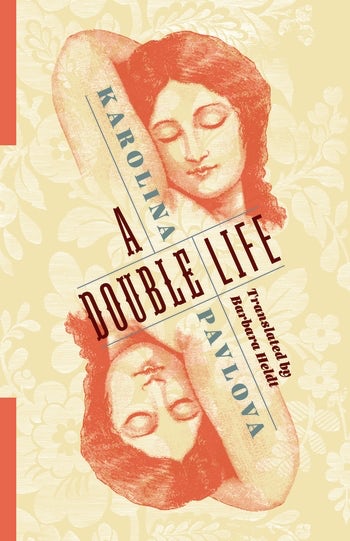An interview with Richard H. Shultz Jr. and Andrea J. Dew
In Insurgents, Terrorists, and Militias, Richard H. Shultz Jr. and Andrea J. Dew investigate the history and politics of modern asymmetrical warfare. By focusing on four specific hotbeds of instability—Somalia, Chechnya, Afghanistan, and Iraq—Shultz and Dew conduct a careful analysis of tribal culture and the value of clan associations. They argue that war in the post-Cold War era cannot be waged through traditional Western methods of combat, especially when friendly states and outside organizations like al-Qaeda serve as powerful allies to the enemy.nnQ: The book is called Insurgents, Terrorists, and Militias—but what is the difference between these groups?nnA:The best way to think about this is from a tactical level, and I am going to use Iraq here as an example. Terror is a tactic that is used to achieve political ends. Terrorists are using violence to achieve those political ends in order to win concessions or a change of policy from a government. Terrorists usually have a very narrow scope of operations—they often don’t see any need to limit their targets or their tactics. In Iraq, we are mostly seeing different groups of insurgents and militias battling it out among each other and targeting Iraqi and coalition forces. Both develop their ways of fighting from traditional types of warfare and rely on hit-and-run raids, ambushes, and sniper attacks. The insurgents are mostly rejectionists—they are fighting against the presence of what they see as invading or occupying forces, but some are also fighting for sectarian reasons. Those would be Shiite and Sunni groups trying to ignite a civil war.nnThe militias are more organized, and tied to geographical and tribal regions. They are the semi-permanent armed forces that are often trying to offer their own form of stability by force in their home territories.nnWhat has been most alarming, in the case of all three groups, is the erosion of constraints against certain tactics or targets. Mosques and schools, and women and children used to be off limits in traditional warfare, but that is no longer the case, and that makes the insurgency all the more deadly.nnQ: Does calling these groups different names impact the best strategy for dealing with them?nnA: Not really, no. What we argue in the book is that intelligence analysts and military planners need to get smart about how to analyze all kinds of irregular forces—the non-state armed groups that we talk about in the book. They need a nuanced response and they need to tailor that response to each and every group that they face. So, to help with this, we propose six sets of questions for policy-makers and planners to ask when dealing with an area of the world in which there are strong traditional cultures in conflict. The answers are different in every case, but the questions provide a framework for thinking about the problem systematically.nnQ: You mention in the book that some elements of the insurgency in Iraq were predictable and preventable. Is this just 20/20 hindsight, or could the U.S. military policy-makers and planners have done a better job at understanding what might happen the day after the end of the war?nnA: Absolutely they could have done a better job. We don’t mince words about this in the book. It was predictable that certain groups—well trained, well armed, and well motivated—would fall back to their local neighborhoods and see the day after the end of the war as the first day of their battle. For example, as soon as Baghdad fell to the United States, Saddam Hussein’s elite troops and intelligence forces were starting to regroup and plot their revenge. As were the many rank-and-file military who were disbanded and sent home—the United States really missed a great opportunity there to bring the tribal chiefs and sheiks into the process early and have them participate in bringing peace and stability to Iraq instead of adding to the violence. It was also predictable that the global Salafi jihad would see Iraq as the new war front. Just as the Soviet-Afghan conflict produced a whole generation of radicalized, highly motivated, and experienced fighters, so will Iraq.nnQ: You say in the book that conflict between states and non-state armed groups is the future face of conflict. How does that relate to the situation between Israel and Hezbollah?nnA: Hezbollah is funded and supplied by Iran and Syria, so some analysts want to make this conflict all about state-to-state relations. But I think they are overlooking a very important dimension. Hezbollah is a non-state armed group that sees itself as having regional importance. This non-state armed group is at the center of the maelstrom in the region—all eyes are on Hezbollah and how Israel reacts. This is a non-state armed group that is forcing states to change their strategic choices. Hezbollah is an excellent example of what we talk about in the book when we say that non-state armed groups have increasing influence over the way states act and react.



